Pilgrimage to Atamasthana in Anuradhapura in search of cultural heritage...
Very Good Morning Wonderful Steem Community,
Today I wanna sharing Atamasthana journey when I worshiped and visited Poson Full moon poyaday in last June at Anuradhapura cultural area. Atamasthana, Anuradhapura is one of the most popular places of worship for Poson Poya Day. Mahawansa, Deepawansa, Saddharmaratnakara and Saddarmalankaraya are mentioned in the eight sacred places named by the Arahant Mahinda Thera.
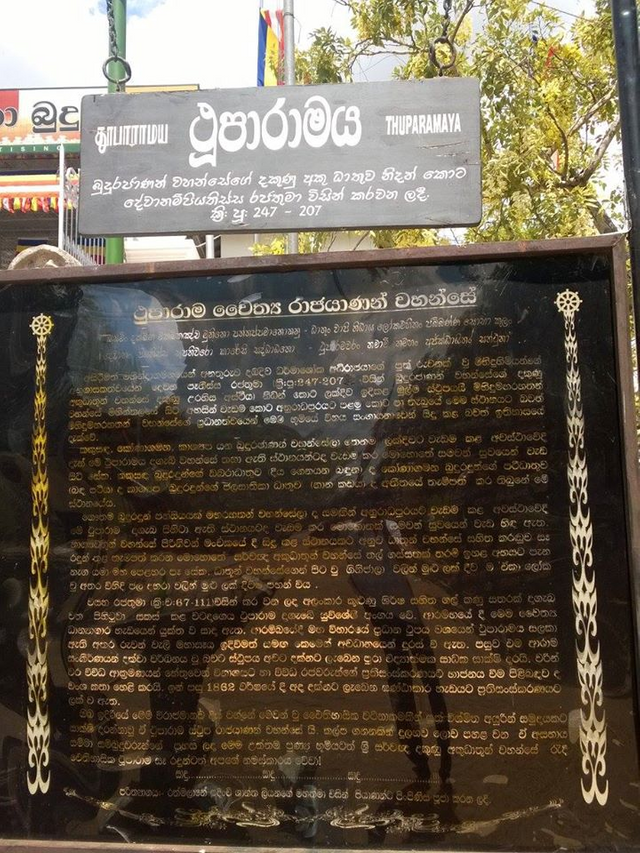
Firstly we went to see Thuparama Dagoba. All historical details wrote above name board from Sinhala language. But unfortunately foreign tourists can't read it without English board. But local translators doing best effort for say our history.
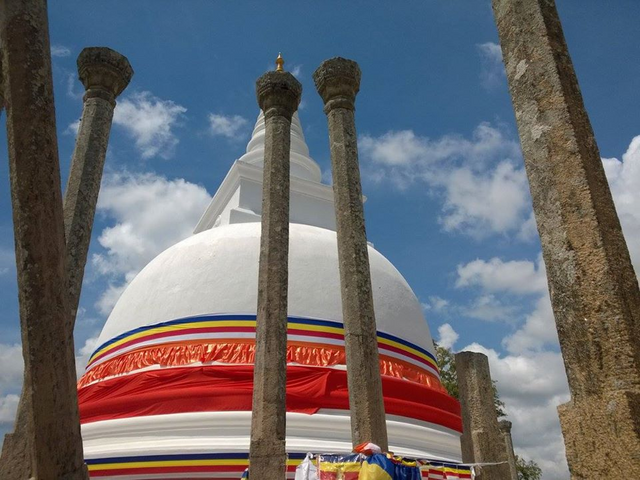

This was the first stupa made by King Devanampiyatissa after the arrival of the Mihindu Arahants. This is the right Akku relic of the Buddha. The sacred relics commenced in Sri Lanka. This is the first Dagoba. Originally a relic of the Chaitya, the bell was shaped after the Reformation in 1864. There are carvings and other places, such as the Elephant Pond, the Bodhi Ghara, the Statue, the Padalasa, the Chaitya Dana Hall and a monastery.
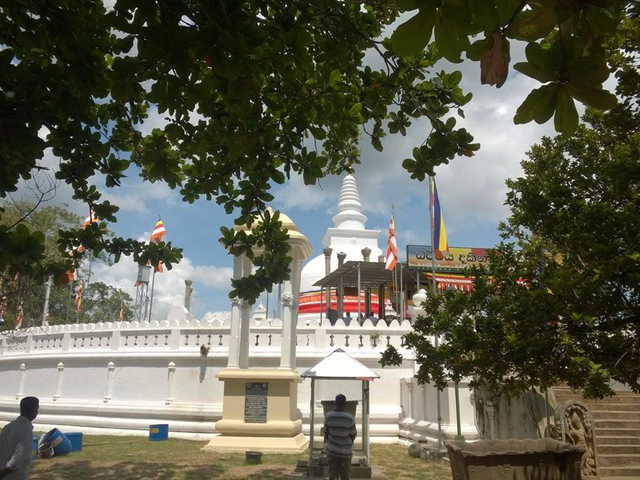
The stone steps made by those kingdom's period. Stone carvings best examples for it. I captured above since tree shade. It's better location for take short rest under the sunny weather.
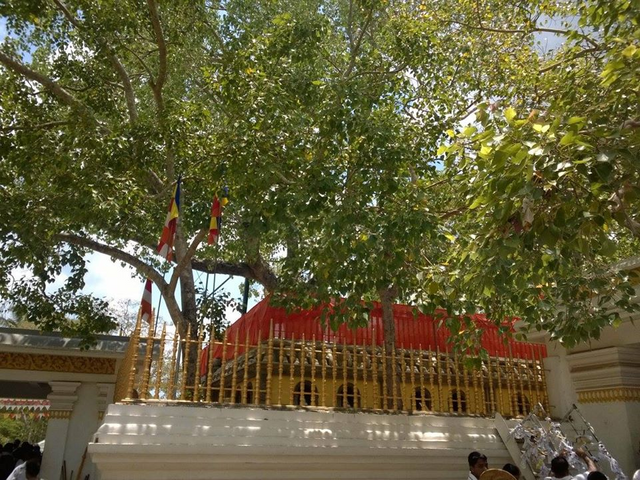
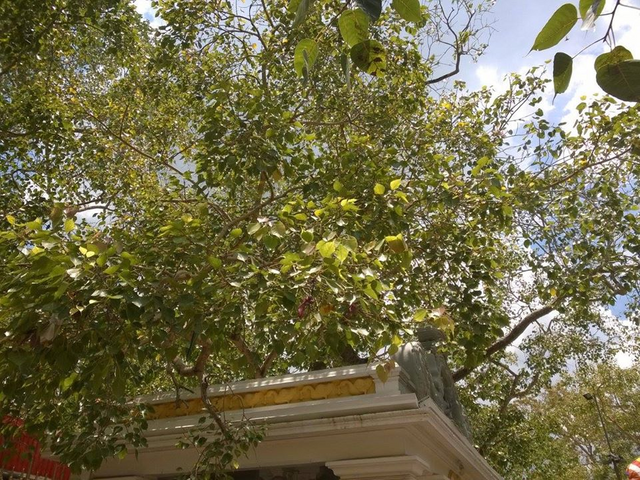
Sri Maha Bodhi is situated in the Tissara monastery of King Devanampiyatissa at Mahamevnawa on behalf of the Arahant Mahinda Thero. Sangamitta's visit to Sri Lanka was the southern branch of the Asathu Bo tree, which helped the Buddha attain the Dhamma. Mahawamsa states that this was brought to Sri Lanka on a full moon day. Although the Bodhi tree was initially planted on a lower ground than it is today, it has gradually grown to a height.
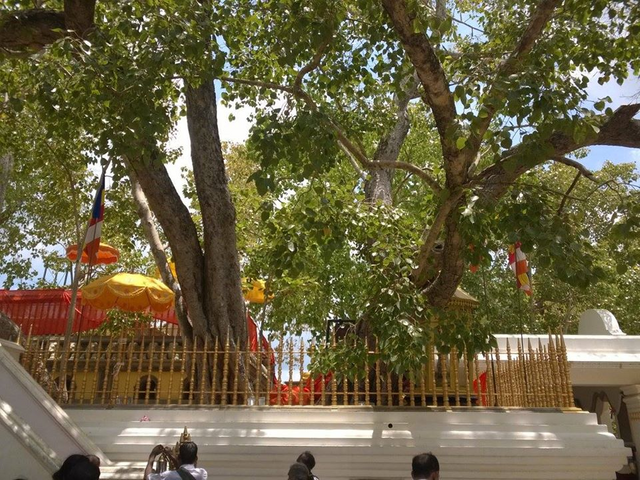
The bodhi tree well protected from golden gate.
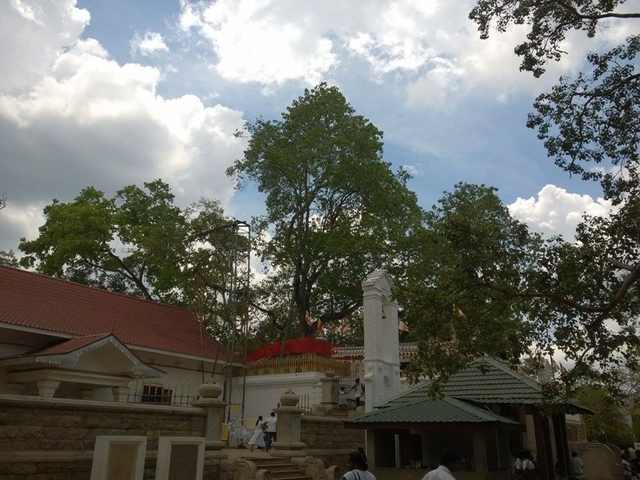
In this place there were more peoples worshiped. Sea sands kept on the land. Every temple's authority of Sri Lanka provided same process.
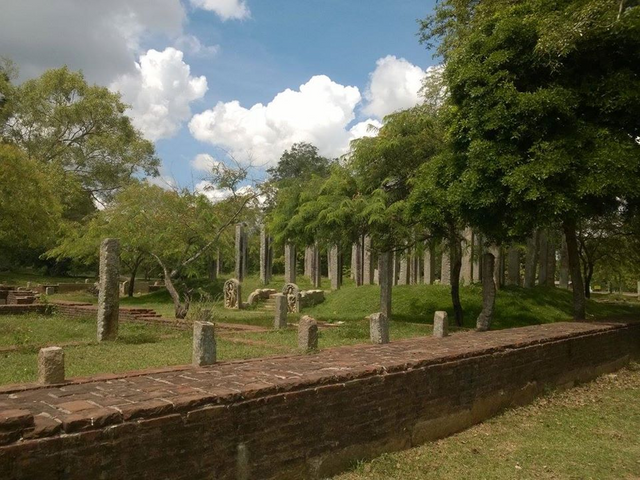
Among the ruins of the Mahavihara complex is one of the important buildings of the Lomamahapaya Atamasthana. King Dutugemunu was the founder. It is believed that the roof of the temple was made of copper tiles and hence the name 'Lovamahapaaya'.
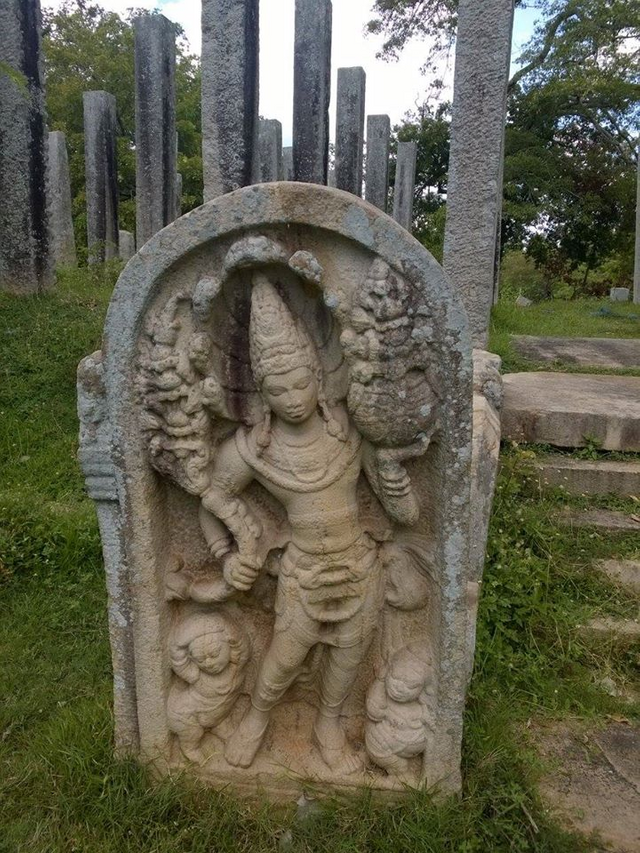
The building is built on a row of stone columns. Nowadays, we only recognize that top row. The upper part may have been made of a wooden structure of the day. But there is little evidence to support it. There are about 1600 stone pillars present.
Today, Lomahamapa is surrounded by a fence. Tourists are not allowed to enter.
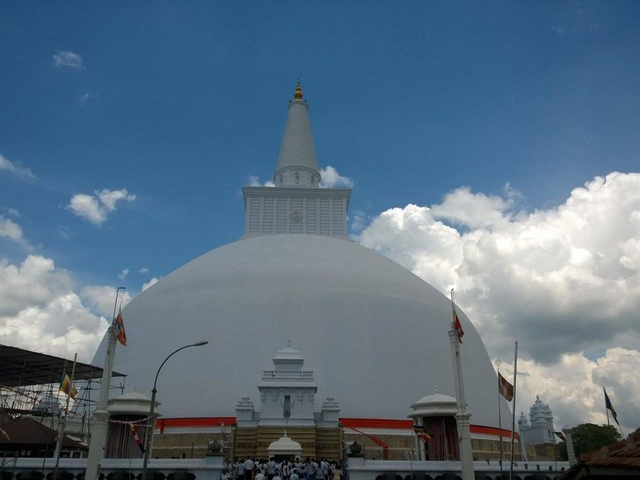
The Great Stupa on the floor of Sri Lanka is the Ruwanweli Model Maha Seya. It is an accepted fact that this is the most prestigious Dagoba in Sri Lanka. King Dutugemunu wanted to build the largest stupa in Sri Lanka. However, it is said that it was not possible for the king to make it for the rest of his life.

Ruwanweli Seya Maha Seya was the largest Seya of Lakbima at that time. Although there were more stupas built than the Ruwanweli Stupa, no other stupa has been able to surpass its excellence. Even today Ruwanweli Seya is crowned as the Great Dagoba in Sri Lanka.



Then I found two various Buddha statues very recently built nearest Ruwanweli Dagoba. Both statues had different types of hand signs. It is said that Arahant Mahinda Thero introduced the Atamasthana place as the seventh place of the Maha Seya. When King Devanampiyatissa inquired about this, the Arahant Mahinda Thera said that a grandson named Swarnamali Maha Maha Seya is here in the future. According to the chronicles, the story was written on a stone pillar and placed there.

Out of the Atamasthana we next visited the Lankaramaya Dagoba. The dagaba was surrounded by a round wall. Although the roof is not visible at the present time, it has three rows of stone. The pillars and rectangles of the stone pillars are made of Atapattam and, from a distance, this stone pillar with carved heads is a brick wall between the two rows of stone pillars.




Although the shape of the dagoba has been changed in the present reconstruction, the diameter of the stupa is 38 feet. There are four staircases in the four directions to climb to the top of this 10 foot high wall with huge stone slabs. Near the east stairs there is also a stone pan. There is a special water column decorated with dragon carved out of the waterfront at the Stall and now on display in the museum.


The Abhayagiri Dagoba can be added to the category of Buddhist religious universities such as Nalanda, Jagandala and Wickremasheela in ancient India. It is home to the Muragal Sandakada Pahana, Kuttam Pokuna and the Samadhi Buddha Statue.

Inside the Abayagiri lan had oldest Bodhi tree. The place very deserve to be cool. Some peoples were cool there. Also Buddha statue provided there for worship process.


Abhayagiri was built by King Walagamba during his second reign. Faced with invasions from a young Brahmin named Tissa and the invasion of the Tamil forces, the king left the throne and fled to the mountains. As he was fleeing, a priest named Giri, who was in a Jain monastery, saw the king and shouted, "The great black Sinhalese is running away." Abhayagiri was built 14 years later, after defeating the Tamil king Bhatiya and resigning.


King Dutugemunu of Mirisawetiya was built. The Mahavamsa mentions that the king had eaten chilli sausage without giving it to the Bhikkus. In ancient times, there was only a jiatta above the fort of the fort, but it was later replaced by the goddess fort and the rebellion.


This was rebuilt by the Great Parakumbas after the Solans demolished it. (King Gajaba I, King Voharikatissa, and King Kashyapa VIII have done minor renovations.) Among the stone carvings of Sri Lanka, there are some very fine artistic carvings.


Abhayagiri is the second Buddhist sect in Sri Lanka and Jetavana is the third sect. King Mahasen did this. The Jetavana was built on the grounds of Jyotiya and the sect originated here is called the Bhagalika Sect. The Jetavana Stupa is one of the three great pillars of Anuradhapura.


The Bodhi Ghara, the statue house, the poya house and the alms hall are also located here. The Jetavana Dagaba is the tallest monument in the world that is currently in ruins. It is said that the Jetavana Dagaba was 400 feet high at the time. However, over the years, the conservation work has now reached a height of 237 feet. Today I want to finish my post.
Thanks for reading and watching. Have a great day.
